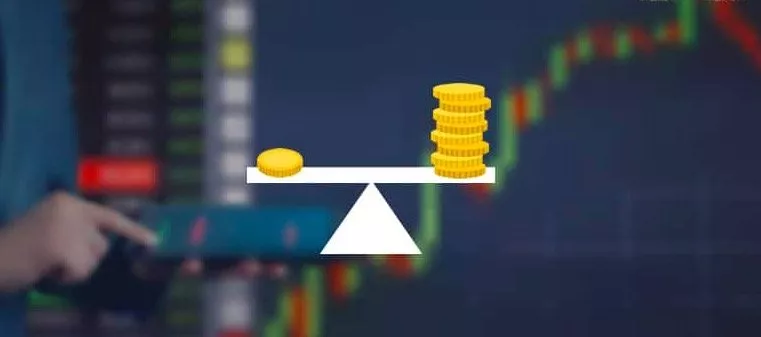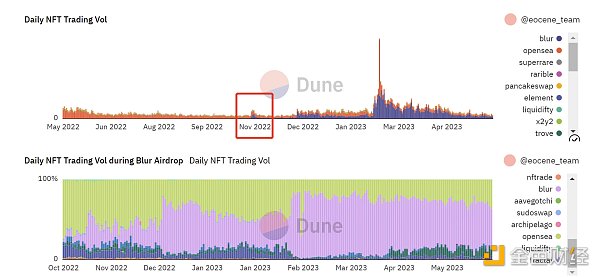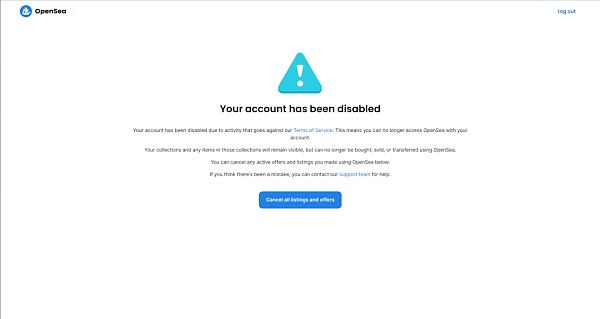Getting started with blockchain | What is the difference between spot leveraged trading and futures contracts? Risk geometry?
In the previous tweet " What is a futures contract, why ordinary people are involved in high risk and easy to lose positions? ", Dabai introduced the basic knowledge of futures contracts. What is the difference between this leveraged trade and the futures contract? Today, let's take a quick look.

Leverage trading can be divided into spot leverage and futures leverage. The currency open this time is the spot leveraged trading service.
As Archimedes said, “Give me a fulcrum, I can shake the whole earth.” The role of leverage is to amplify the profit and loss of investors . Here's a simple example to help you understand how spot leverage works:
- US Treasury Secretary: Libra is involved in “national security” and may be abused by terrorists
- VC such a hot blockchain | Interpretation of the first half of the financing report
- Institutional running into the blockchain: Who are, what, what is the impact?
Assume that Zhang San has just opened a spot leverage transaction. First, he needs to deposit a certain amount of encrypted assets into the spot leverage account to act as a margin . Assume that Zhang San has saved 1BTC as a margin. According to the current BTC price, a total of 11,000 USDT.
If Zhang San thinks that BTC will rise next, then Zhang San can borrow USDT from the trading platform to buy BTC. The average trading platform provides up to 3 times the spot leverage , which means that it is up to 2 times the margin. In this example, Zhang San's 1BTC margin is worth 11,000 USDT, so you can borrow up to 22,000 USDT.
Suppose Zhang San borrowed 22,000 USDT and then bought 2BTC, so there are 3 BTCs in the account. If the price of Bitcoin really rises, for example, it rises to 12,000 USDT, Zhang San sells 2BTC to get 24,000 USDT, repays 22000 USDT borrowed from the trading platform and the corresponding interest (assumed to be 10 USDT), and finally earns 1990 USDT. If the price of Bitcoin falls, it will fall to 10,000 USDT. Zhang San wants to stop loss. Selling 2BTC can only get 20,000 USDT, repay 22000 USDT borrowed from the trading platform and corresponding interest (assumed to be 10 USDT), and finally lose 2010USD.
If Zhang San thinks that BTC will fall next, instead of going up, Zhang San can borrow BTC from the trading platform, according to up to 3 times leverage, Zhang San borrows 2BTC at most, then sells to USDT, and the price of BTC falls. Buy BTC back at a low price and repay it to the trading platform and pay the corresponding interest. Of course, if the prediction is wrong, Zhang San will end up with a loss.
From the above example, we can see that the nature of spot leverage trading is to expand the principal through mortgage lending, thereby amplifying the profit and loss.
It should be noted that spot leverage will also result in forced liquidation, which requires attention to risk. In general, if the level of leveraged trading falls below 1.1, the trading platform will force you to sell your encrypted assets and repay the borrowing and interest on the trading platform: leveraged trading levels = total assets (including borrowings) / (borrowing + interest).
Spot leverage and futures contract leverage are two completely different trading systems that can be easily understood as spot leverage that magnifies the principal and futures contract leverage that magnifies price fluctuations.
For ordinary investors, if you do not have strong technical analysis skills and relevant experience, it is best not to touch, because no matter which kind of leverage, the benefits are amplified while amplifying the risks.
Compared to the leverage of the spot and the leverage of the futures, which leverage do you think is more risky? why? Welcome to leave a message in the message area.
Source: vernacular blockchain
『Declaration : This series of content is only for the introduction of blockchain science, and does not constitute any investment advice or advice. If there are any errors or omissions, please leave a message. 』
We will continue to update Blocking; if you have any questions or suggestions, please contact us!
Was this article helpful?
93 out of 132 found this helpful
Related articles
- Who is competing for C? Read the encrypted payment contest
- How to design a self-adjusting consensus agreement?
- Market Analysis: Bitcoin starts to oscillate, funds back to the altcoin
- "Moving brick arbitrage" scam reappears, a user is deceived 885 ETH
- Analysis of the Internal Relationship between Facebook Libra Project and Sino-US Trade Friction and Coping Strategies
- On June 23, the market analysis continued to touch the bitcoin, and the heavy pressure zone on the top was difficult!
- Looking back at the four bull markets that Bitcoin has experienced, the major lessons that are worth learning






